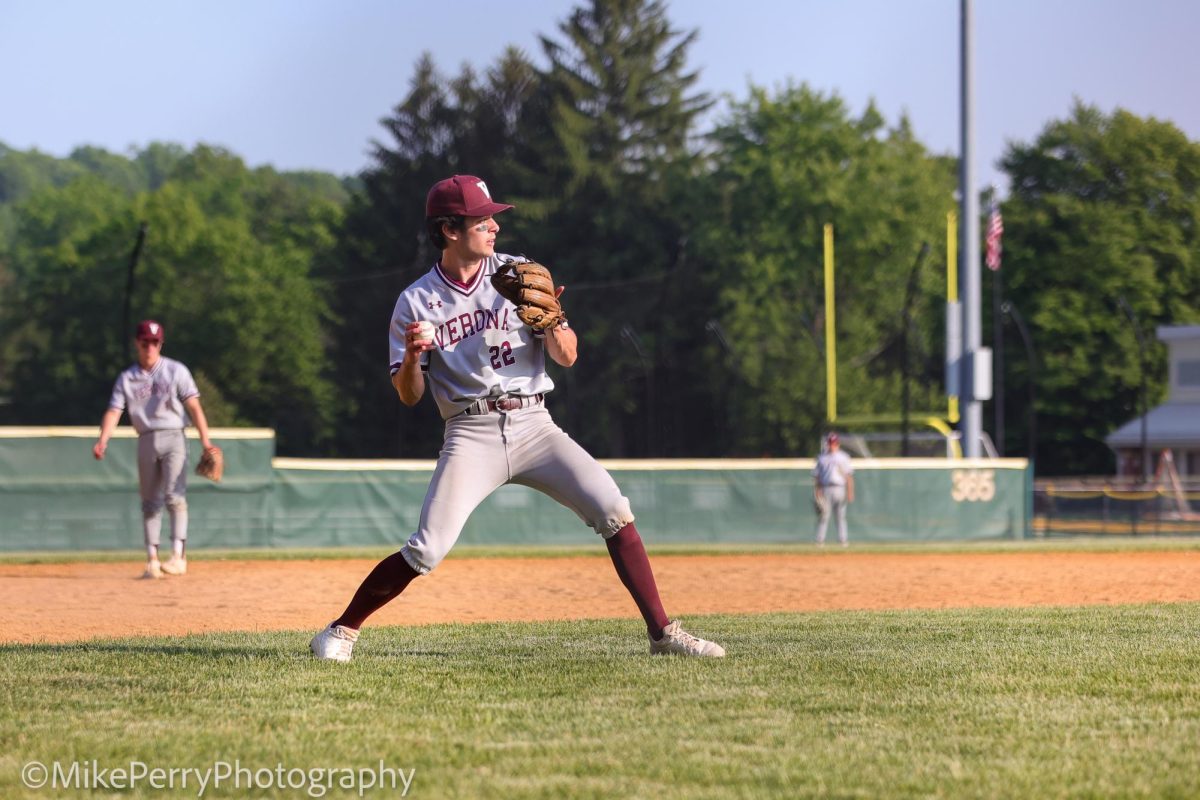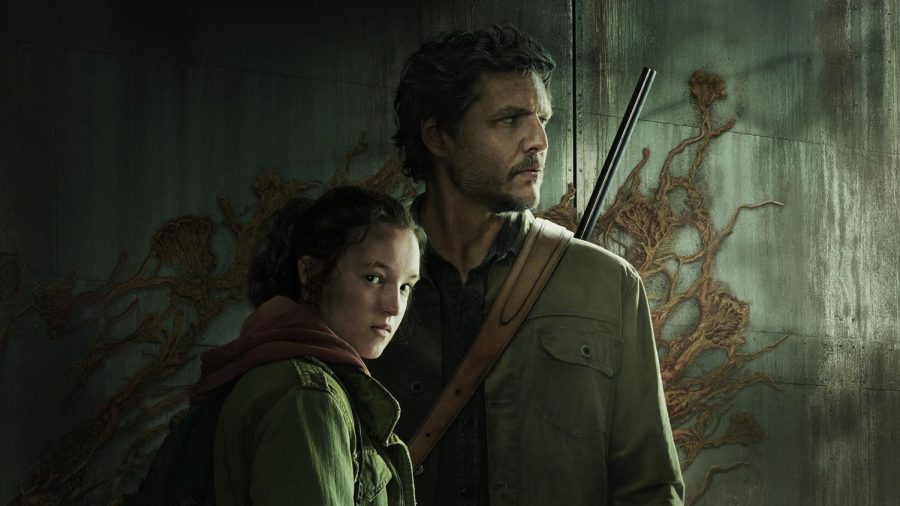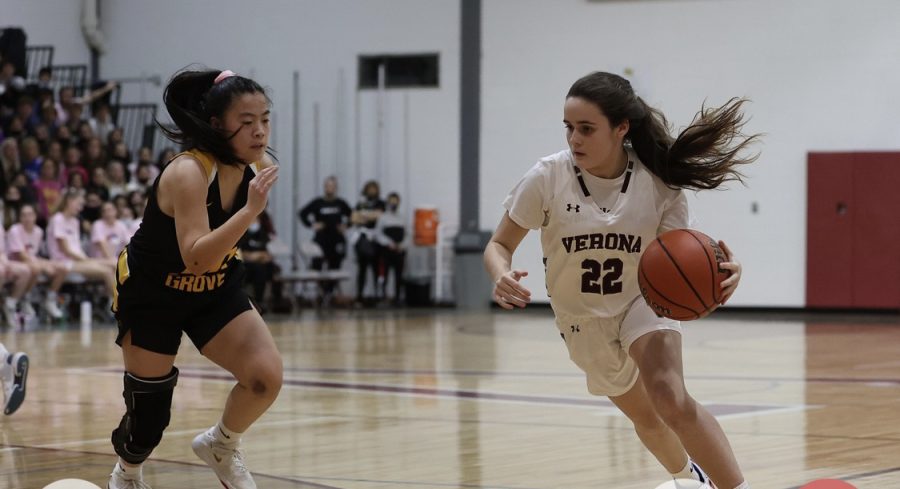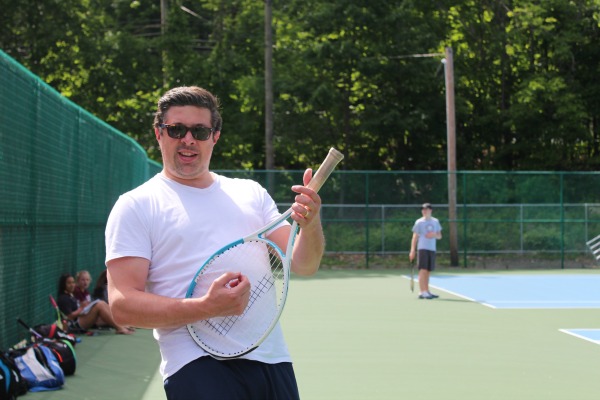The recent death of former NFL linebacker Junior Seau has once again made concussions a heated topic throughout the sports world. Speculation is that Seau, who shot himself in the chest, may have been suicidal because of the disease, Chronic Traumatic
Encephalopathy (CTE). CTE is a brain disorder that appears in people who have likely experienced repeated head injuries, such as boxers, and football and hockey players, whether or not those injuries were ever diagnosed as concussions. The tricky part of CTE is that the symptoms do not show up until later on in a person’s life.
It is hard to tell in a living person whether or not that person has CTE. Most diagnoses of the disease are done by an autopsy of the brain. These autopsies show that there is an accumulation of a substance called tau in certain regions of the brain.
On the CTE website, there is a picture of three different sets of brain cells. One is of a normal 65 year old man, the second is of a former NFL player and the third is of a former boxer. In each of the latter two pictures, there are brown spots on the cells which represent the tau protein tangles build up, whereas in the normal male, there is no browning whatsoever. Also, according to businessinsider.com, 30 percent of people show higher levels of amyloid-beta proteins (a factor signaling that a person has
CTE) after suffering from a head injuries.
Although there is no way to prevent concussions from happening, there is a way to detect whether an athlete has one. In recent years, concussion testing has become an essential part of both youth and professional sports. Many states have passed laws about concussion management plans, but many have not. It is time for all states to be required to pass laws mandating that student
athletes get concussion tests before and after suspected concussions.
Many of the concussion plans include three steps: removing an athlete from a game after suffering bad head contact, obtaining a written doctor’s note allowing that student to participate in sports again and giving concussion education to athletes, their parents and their coaches.
It may be that states and schools are slow to react to these types of management plans because they see that the professional leagues doing the bare minimum of what actually needs to be done. Will Brinson, a writer for cbssports.com, divulges that according to a memo the NFL sent out, all teams must have a trainer on hand to make sure that players do not return to games after suffering a possible concussion. However, these “trainers” cannot diagnose any of the players. They have to leave that to the
medical staff. So what is the point of this rule?
Some argue that the NFL will try to show that it cares about this issue and is taking steps, but that it does not really want to do things that will “soften” the sport or take out any of the violence that its fans love. They may also have a financial incentive for being slow in responding to the head injury issue. A New York Times article about a year ago stated that if a connection is revealed between the brain trauma caused by hits from playing a sport and CTE, the NFL could find itself with an economic problem. If it can be proved that football caused CTE, the NFL would have to be responsible for medical treatment of the players. This could potentially cost the league untold millions of dollars.
That same article broadened the knowledge of the less informed public like me to the idea that scans can help diagnose brain trauma in living people. However, the article states that it is still “unknown” whether there is a connection between the brain trauma and CTE. It is essential that research continue to make this link conclusive.
Football fans are concerned about what all this might mean for the future of the sport, but we also realize that players’ safety should be the most important thing.
In fact, players’ safety should be the most important thing in athletes of all ages. Let’s face it, there is no way to prevent a hit in contact sports, but there is a way to ensure that the players return safely to the game and do not have any brain trauma.
We have to generate concussion plans, raise awareness about head injuries, and speed up the ways in which we can all react. Scientists will continue to explore this disease, but everyone who is a fan of a contact sport must help figure out ways to make sure our athletes can stay safe.









